5 Most Popular Foods in Brazil (And the Spices That Make Them Uniquely Delicious)
Brazil isn’t just about Carnival, sun-soaked beaches, and samba rhythms — it’s also a flavor-packed culinary wonderland. With its vast landscapes and rich cultural mix of indigenous, Portuguese, African, and immigrant influences, Brazilian cuisine is an aromatic adventure.
In this article, we’re dishing out the top five most popular foods in Brazil, spiced up with a few pro tips, ingredient breakdowns, and a dash of fun trivia. Whether you're planning a trip to São Paulo or whipping up a feast at home, get ready for a savory journey through Brazil's best bites.
Table of Contents
- Feijoada: The Hearty National Dish
- Churrasco: Brazilian BBQ Like You’ve Never Seen
- Moqueca: A Taste of Coastal Brazil
- Brigadeiro: The Sweet Heart of Brazilian Desserts
- Acarajé: Deep-Fried Goodness with Afro-Brazilian Roots
- Spice Comparison Chart
- Pro Tips for Cooking Brazilian Flavors at Home
- Conclusion
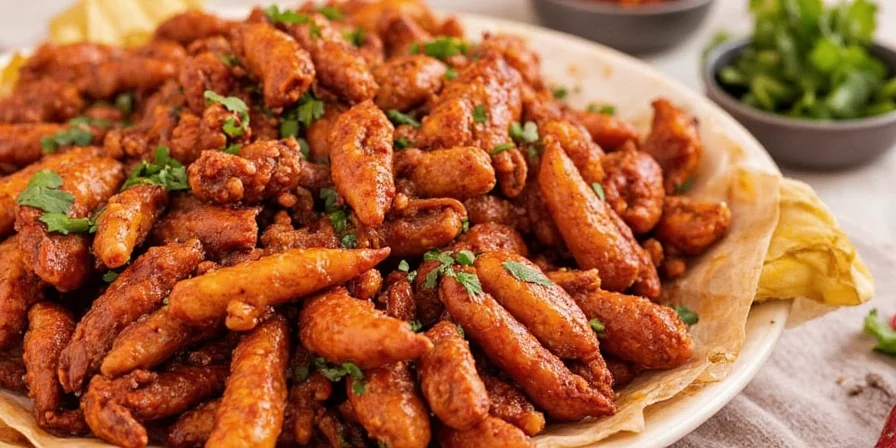
Feijoada: The Hearty National Dish
If there’s one dish that defines Brazilian cuisine, it’s Feijoada. Think of it as the country’s answer to chili or stew — only way more indulgent and culturally significant.
This rich black bean stew is traditionally made with pork cuts like ears, tail, ribs, and sausage, simmered slowly until tender. What sets Feijoada apart is its bold spice profile, which varies by region but often includes:
- Salt and pepper
- Bay leaves (folha de louro)
- Onion and garlic
- Orange zest
It’s typically served over white rice, with collard greens and orange slices on the side — yes, oranges. Don't ask why; just trust us.

Churrasco: Brazilian BBQ Like You've Never Seen
If you love meat, prepare to drool. Churrasco is Brazilian-style barbecue — but not the backyard burgers kind. This is a carnivore's dream come true.
From skewered picanha (top sirloin cap) to juicy sausages and marinated chicken hearts, churrasco is all about the meat parade. Servers roam tables with giant skewers, slicing fresh cuts onto your plate continuously. Yes, it's real.
The magic? Simplicity. Salt is often the only seasoning used before grilling, allowing the natural flavors to shine. However, some recipes call for:
- Coarse sea salt
- Lime juice marinade
- Parsley or cilantro garnish
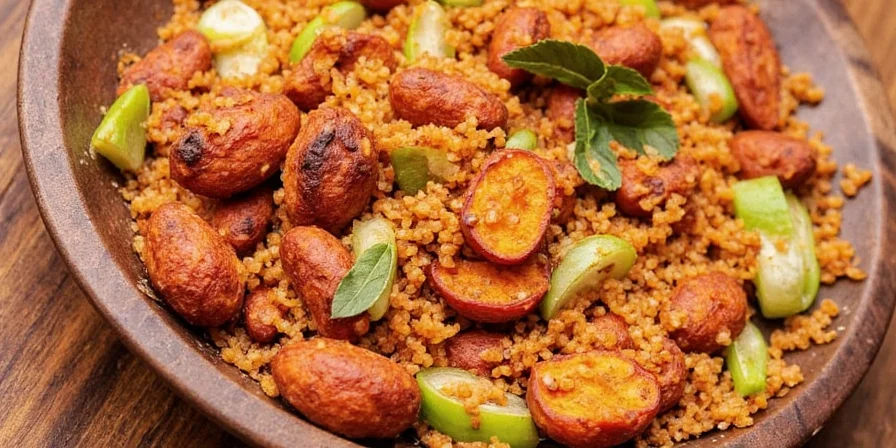
Moqueca: A Taste of Coastal Brazil
Mind-blowing aroma, vibrant colors, and mouthwatering flavor — Moqueca is a seafood lover’s paradise from the coastal regions of Bahia and Espírito Santo.
This tomato-based fish stew uses spices like:
- Dendê oil (palm oil) – for that signature red color
- Cilantro
- Onion and garlic
- Tomatoes
- Lemon juice
Traditionally cooked in clay pots, Moqueca captures the essence of tropical Brazil. Serve it with rice and farofa (toasted cassava flour), and you have a full beach-to-table experience.
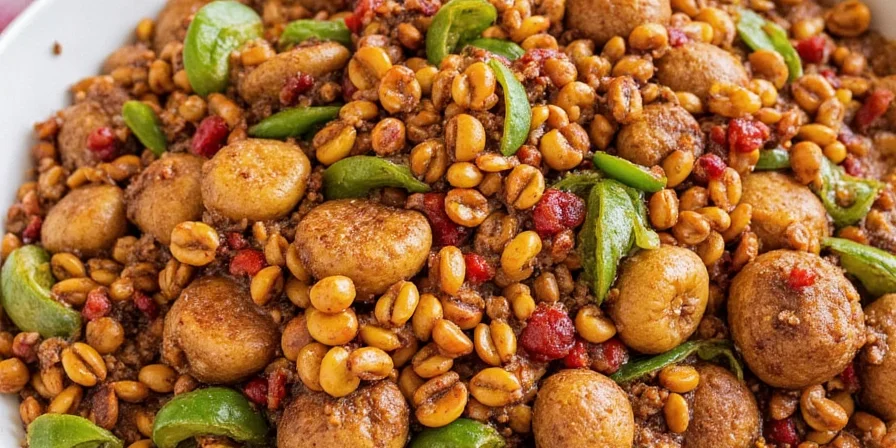
Brigadeiro: The Sweet Heart of Brazilian Desserts
You can’t talk about Brazil without mentioning Brigadeiro — those gooey, chocolatey truffles rolled in sprinkles that appear at every birthday party and family gathering.
Made from just three ingredients:
- Condensed milk
- Cocoa powder
- Chocolate sprinkles
Yes, cocoa powder gives it that deep chocolate flavor, while condensed milk provides richness and sweetness. Want to elevate it? Try adding a pinch of sea salt or a splash of coffee extract for complexity.
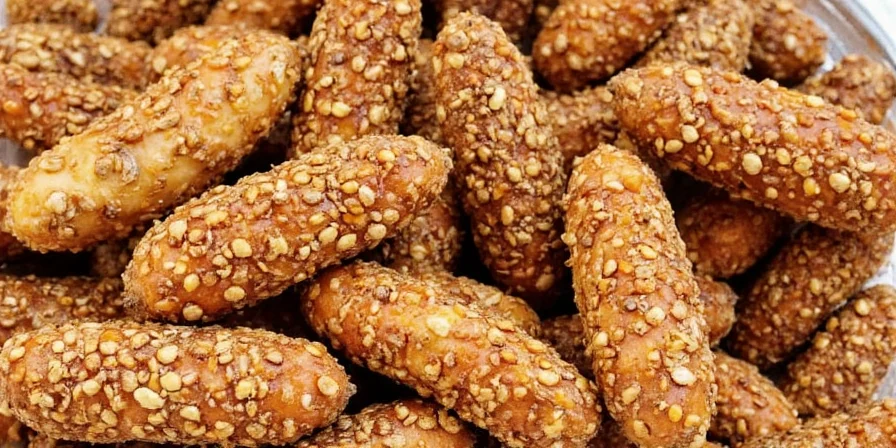
Acarajé: Deep-Fried Goodness with Afro-Brazilian Roots
Acarajé is the ultimate street food — crispy, savory, and packed with history. These deep-fried balls are made from seasoned black-eyed pea dough and stuffed with dried shrimp or caruru (okra stew).
Key spices include:
- Garlic
- Onion
- Saltpeter (for texture and browning)
- Sea salt
- Dried shrimp or smoked tuna (optional)
Deep-fried in palm oil until golden brown, acarajé delivers a nutty crunch and a punch of umami flavor. Plus, they hold religious significance in Candomblé rituals.
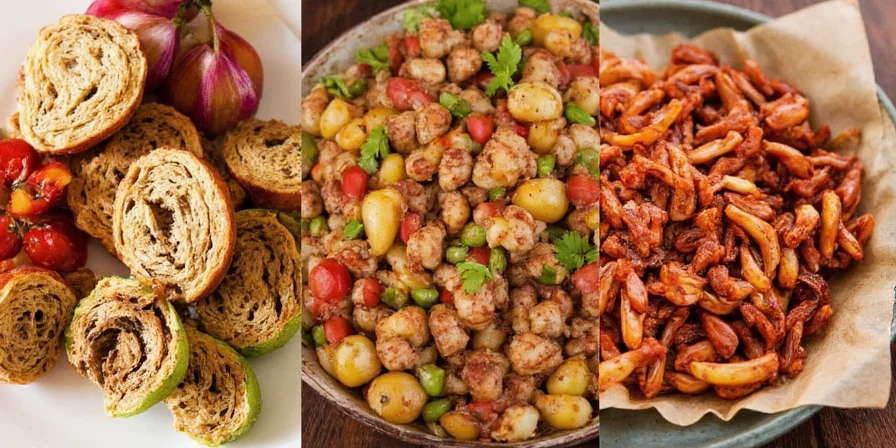
Spice Comparison Chart
| Dish | Main Spices/Flavorings | Heat Level | Signature Flavor Note |
|---|---|---|---|
| Feijoada | Bay leaves, garlic, onion, orange zest | Low | Hearty, earthy |
| Churrasco | Sea salt, lime juice | Very Low | Meaty, smoky |
| Moqueca | Dendê oil, cilantro, tomatoes | Low-Mild | Tropical, citrusy |
| Brigadeiro | Cocoa powder, sea salt | N/A | Rich, sweet |
| Acarajé | Garlic, saltpeter, onion | Mild | Umami, crunchy |
Pro Tips for Cooking Brazilian Flavors at Home
Cooking Brazilian dishes doesn’t require a passport — just a few pantry staples and a willingness to play with bold flavors. Here are our top 5 tips:
- Stock Up on Dendê Oil: Found in many Latin or international markets, dendê adds authentic flavor and color to dishes like Moqueca and Acarajé.
- Use Fresh Herbs Generously: Cilantro and parsley aren’t just garnishes in Brazil — they're key flavor players. Add them at the end for brightness.
- Don’t Skip the Bay Leaves: They infuse depth into stews like Feijoada and are a must-have for slow-cooked dishes.
- Invest in Good Sea Salt: For churrasco, use coarse sea salt to enhance the crust and flavor of grilled meats.
- Toast Cassava Flour for Farofa: Toss cassava flour with butter and salt, then toast until golden. It’s a perfect texture contrast to wetter dishes like Moqueca.
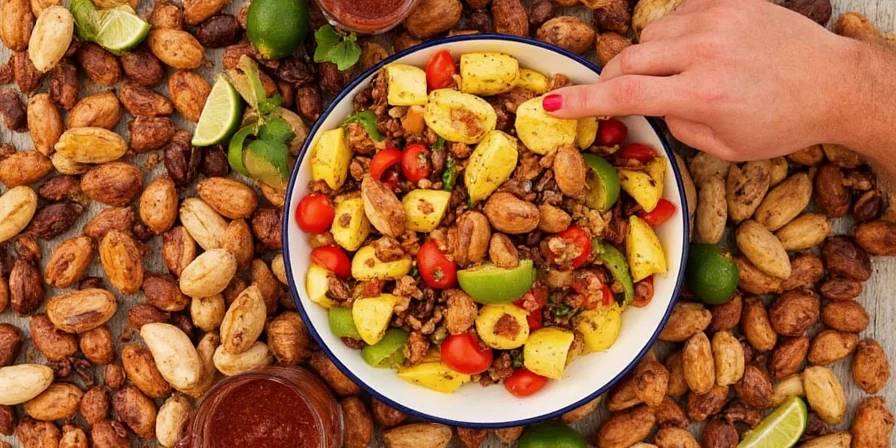
Conclusion
Brazil’s culinary identity is as vibrant and diverse as its culture. From the hearty comfort of Feijoada to the smoky bliss of Churrasco and the tropical charm of Moqueca, each dish tells a story of tradition, resilience, and joy.
So whether you’re hosting a Brazilian-themed dinner night or just curious about global flavors, don’t be afraid to explore these dishes — and their spice blends — in your own kitchen. After all, the heart of Brazilian food isn’t just in the spices, but in the people who share them.
Now go forth and embrace the spice! 🌶️🇧🇷
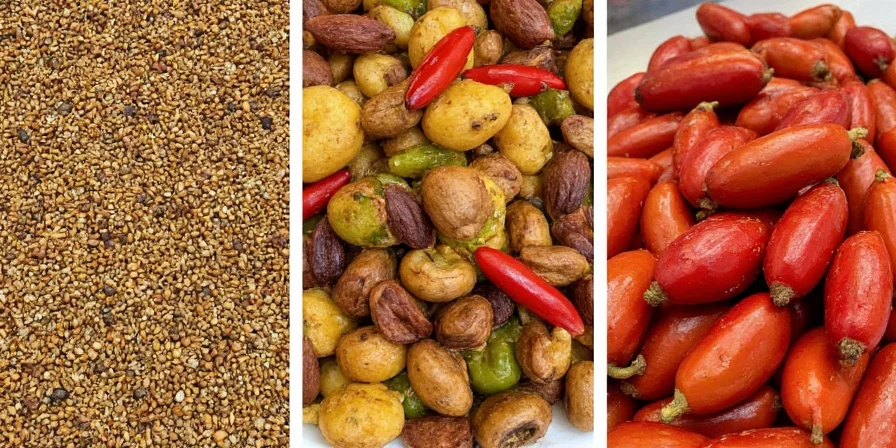

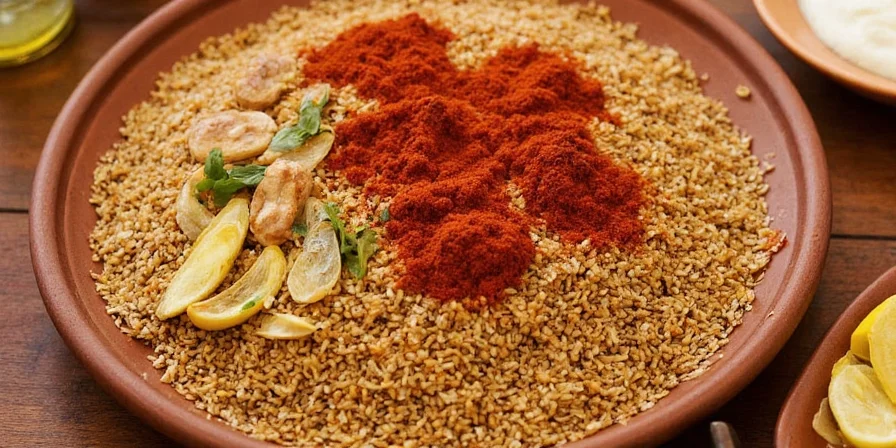









 浙公网安备
33010002000092号
浙公网安备
33010002000092号 浙B2-20120091-4
浙B2-20120091-4